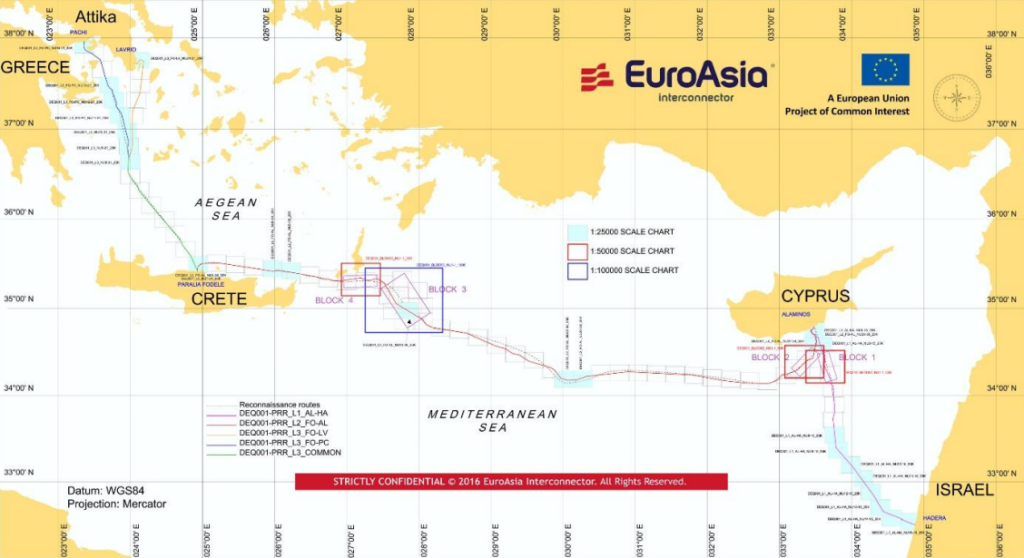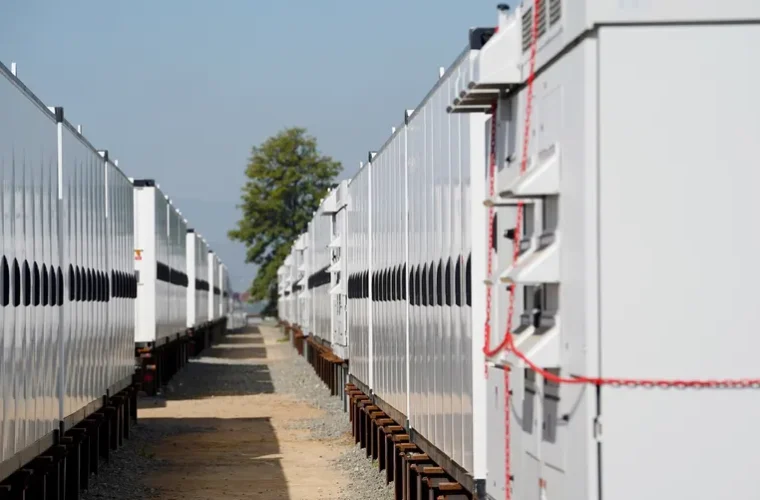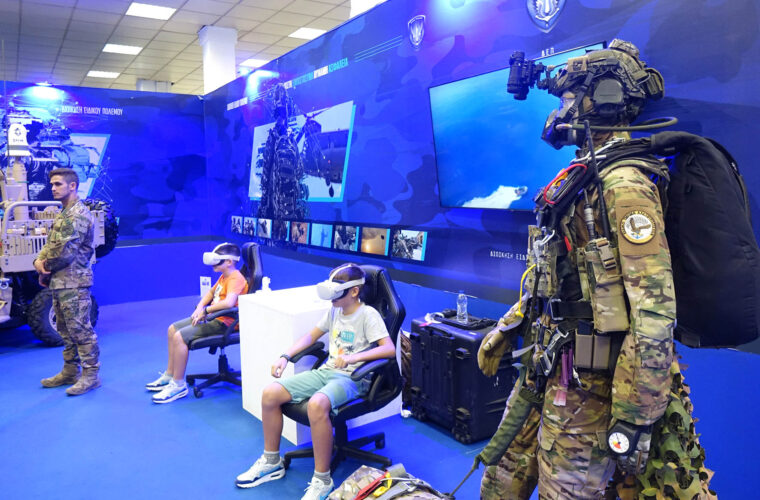EuroAsia Interconnector: Israel, Cyprus, and Greece mull energy pacts
EuroAsia Interconnector: Israel, Greece, and Cyprus’ leaders have committed to strengthening their collaboration in the energy sector, examining methods to transport East Mediterranean natural gas to Europe, and linking their electrical grids. Over the last decade, significant natural gas reserves have been found in the eastern Mediterranean, primarily in the waters near Israel and Egypt. The three countries were willing to invite additional parties to join their endeavours to foster collaboration, ultimately benefiting their respective populations and the broader region.
Energy in focus
The leaders of Greece, Cyprus, and Israel confirm their commitment to strengthening the dynamic cooperation of the tripartite partnership in the joint statement they signed after the 9th Tripartite Summit held recently in Nicosia.
As pointed out in the joint statement, this commitment reflects the three countries’ shared values and common interests. It aims to promote peace, stability, security, and prosperity in the Eastern Mediterranean and the wider region.
“We agreed that the energy sector, and in particular, natural gas and renewable energy, is a solid foundation for cooperation in the region, based on international law including the law of the sea and the respect of all states to exercise their rights in their respective EEZ/Continental Shelf” the three leaders pointed out in their joint statement, which highlighted that the leaders reaffirmed their shared interest in promoting the prospect of a reliable energy corridor from the Eastern Mediterranean basin to Europe.

“In light of the growing need for energy diversification and interconnectivity, due to the geopolitical developments, we reaffirmed the common interest to advance prospects for a reliable energy corridor from the Eastern Mediterranean basin to Europe. In this context, we stressed the importance of further promoting energy synergies with like-minded countries including the EMGF and regional projects such as electrical interconnections, like the EuroAsia Interconnector, and possible natural gas/hydrogen pipelines”.
Strengthen coordination to deal with emergencies
In response to the worldwide issue of climate change, the three leaders have concurred on the need to strengthen their actions by engaging in regional collaborative initiatives, advancing research and development, embracing innovative energy technologies, and encouraging greater connectivity in the regional energy sector.
In light of Israel’s support to Greece and Cyprus during wildfire incidents, the shared dedication of these three nations to assist one another in times of emergencies and to enhance their collaborative efforts for such purposes was affirmed.
The joint statement underlined the importance of the 3+1 scheme with the participation of the US and stated that there was an agreement to work together to hold a ministerial meeting later this year. “We also reaffirmed the value of the 3+1 format with the United States which can offer tangible deliverables, inter alia, in the areas of energy, economy, climate action, emergency preparedness, and counterterrorism. It was agreed to work together towards holding a ministerial 3+1 meeting later this year”.

The EuroAsia Interconnector project
In the meantime, a solution has been found to address the financial impasse related to the major electrical interconnection project between Cyprus, Greece, and Israel, commonly referred to as the EuroAsia Interconnector.
The EuroAsia Interconnector stands as a prominent multi-terminal interconnection project, facilitating the linkage of the electricity grids of Israel, Cyprus, and Greece (Crete) with mainland Europe. Distinguished as the world’s lengthiest (spanning 1,208 kilometres) and deepest (reaching depths of up to 3,000 meters) HVDC (High Voltage Direct Current) interconnection, it encompasses a total extent of 898 kilometres, with a maximum subsea depth of 3,000 meters. This intricate infrastructure comprises submarine DC cables and onshore HVDC conversion stations at each connection juncture. Its initial phase boasts a total capacity of 1,000 MW, with a planned expansion to 2,000 MW in the second phase.
The EuroAsia Interconnector holds pivotal significance for both Europe and the participating nations. It has secured its status as a prominent European Project of Common Interest (PCI). It has been heralded as the EU’s “electricity superhighway,” serving as the vital link connecting Europe and Asia.



